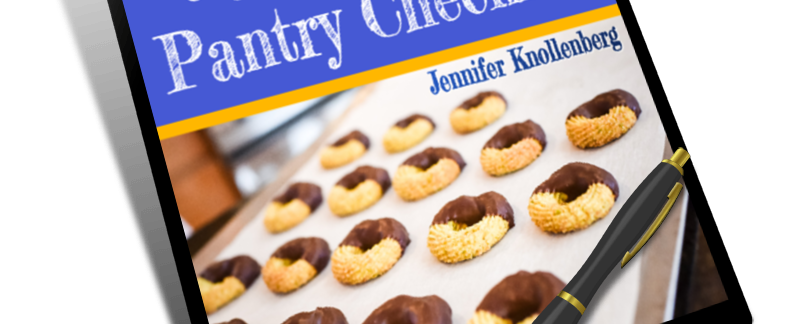- Serves: 8
- Serving size: ½ cup
- Calories: 65
- Fat: 0g
- Carbohydrates: 17.2g
- Fiber: 14.7g
- Protein: .8g
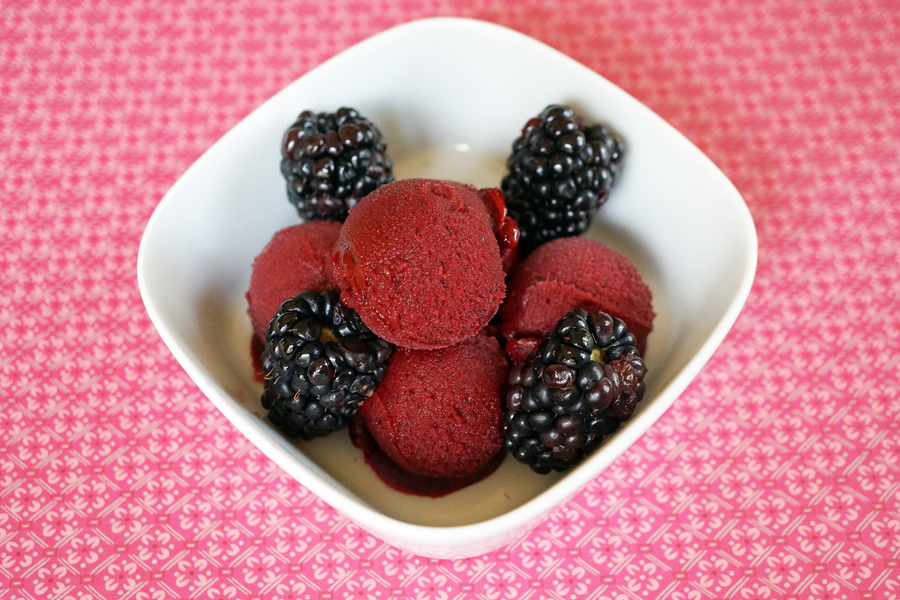
- ½ cup xylitol
- ¼ cup water
- 3 cups fresh or frozen blackberries
- 1 pinch pure powdered stevia
- ½ cup cabernet wine
- 1 tbsp fresh lemon juice
- Bring the xylitol and water over medium-high heat to a boil. Once all the xylitol has dissolved, remove it from the heat and quickly cool over an ice water bath and then refrigerate for at least 1 hour.
- Puree the blackberries in a food processor or blender. Strain through a fine mesh strainer to remove the seeds. You should have about 22oz of blackberry puree.
- Add the syrup, stevia, cabernet and lemon juice; whisking to incorporate all ingredients.
- Place in an ice cream maker. Follow manufacturer’s directions to make sorbet. Makes eight ½-cup servings.
SugarOH: 12hg

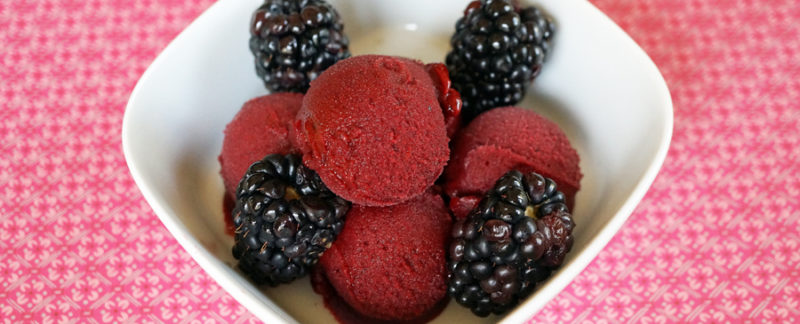
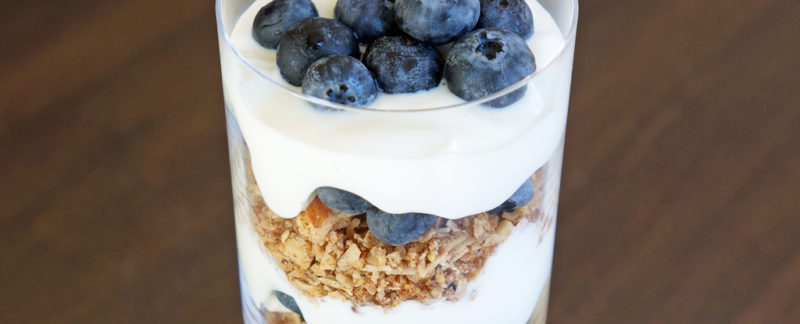
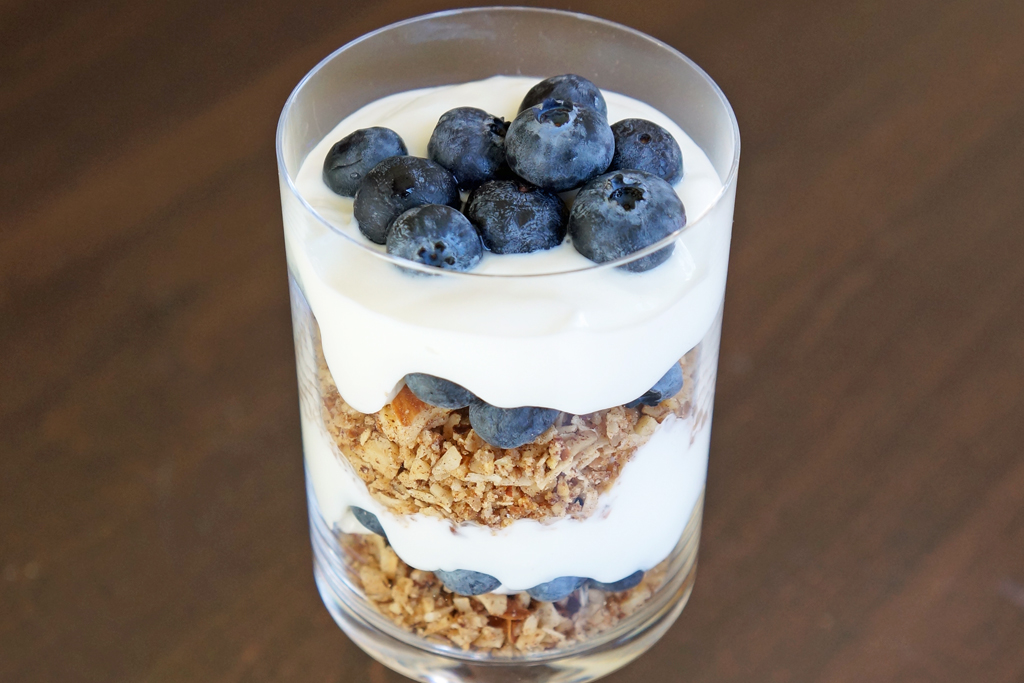
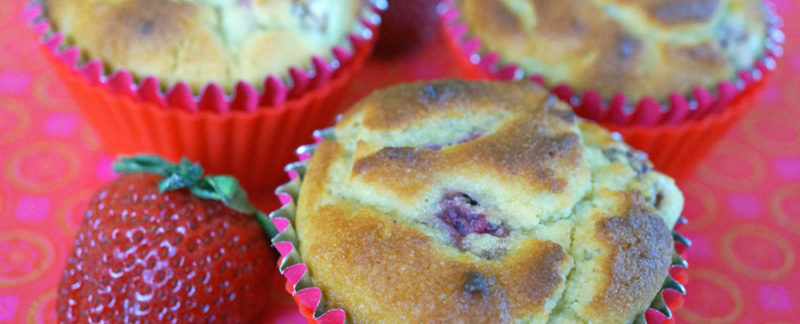
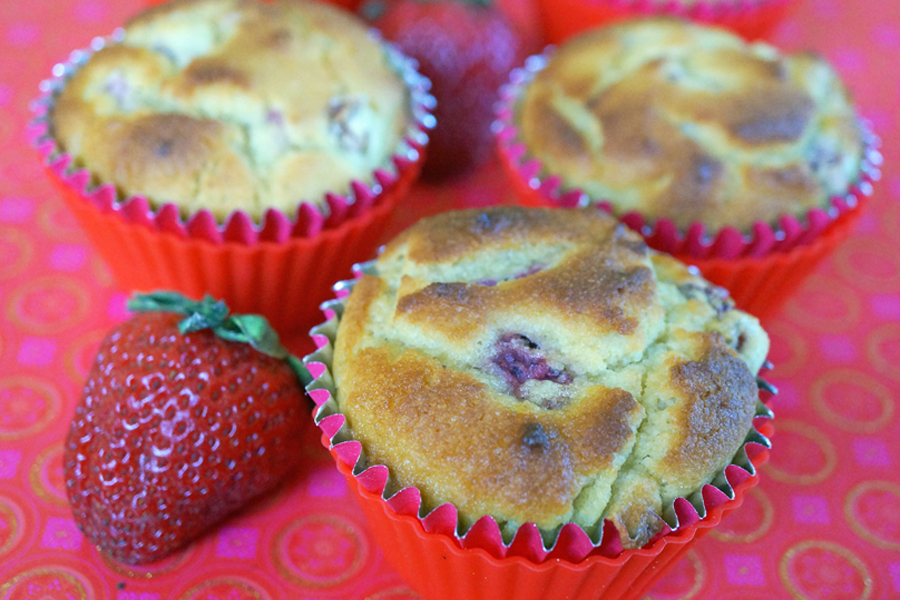
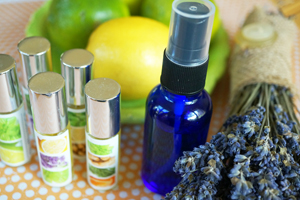
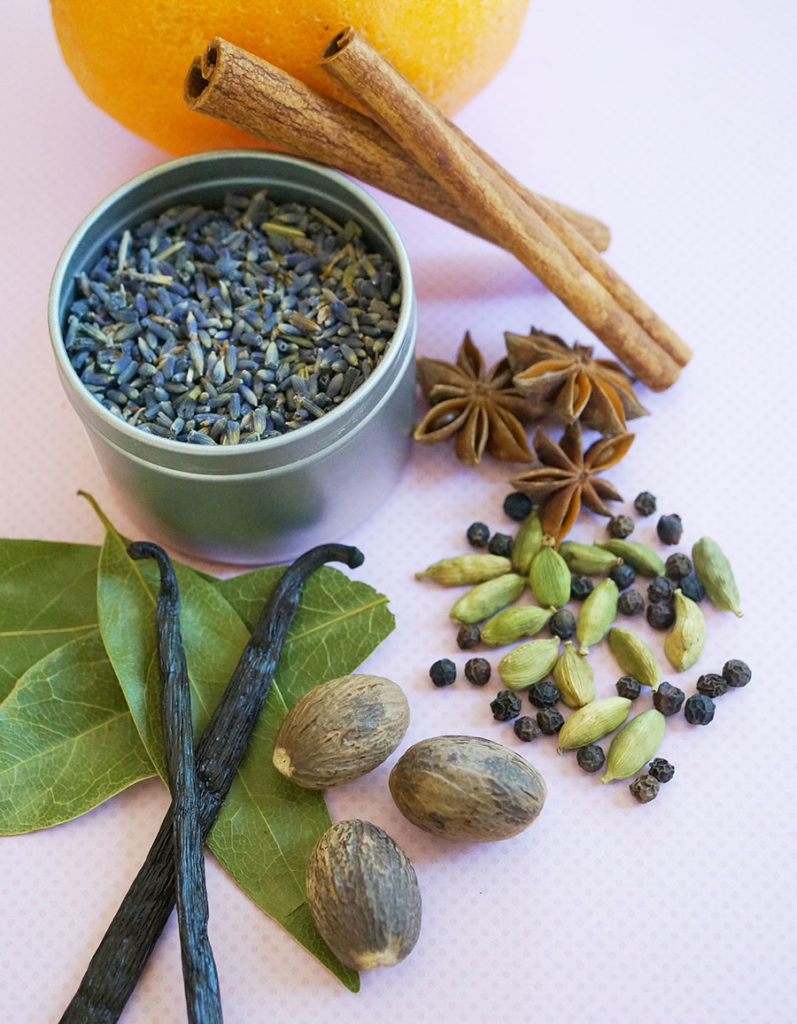 Essential oils are perfect in so many ways but for me as a chef they offer the added benefit of PURE SUPER FLAVOR without sugar or other blood glucose impacting carbohydrates. They simply add so much flavor to your food that your taste buds will be thrilled!
Essential oils are perfect in so many ways but for me as a chef they offer the added benefit of PURE SUPER FLAVOR without sugar or other blood glucose impacting carbohydrates. They simply add so much flavor to your food that your taste buds will be thrilled! Quality of essential oils for consumption is of utmost importance. They must be therapeutic grade and have a supplement fact label on the bottle. There are no exceptions. Do not consider buying an essential oil for consumption unless both of those criteria have been met.
Quality of essential oils for consumption is of utmost importance. They must be therapeutic grade and have a supplement fact label on the bottle. There are no exceptions. Do not consider buying an essential oil for consumption unless both of those criteria have been met.
 If you have a known sensitivity to a specific plant – do not assume that it is safe or that symptoms will not occur when consuming the same plant as an essential oil. Lavender is a good example. Some people are sensitive to lavender plants. Lavender essential oil is 50-100 times a concentrated as a single stalk of it in your garden. Test any only you are suspicious of by inhaling from an open bottle. If any irritation is noticed it is recommended that you do not use the oil externally or internally. Also keep in mind the smell of any essential oil will be very strong due to its intense concentration. The good news is that you only need 1-2 drops and sometimes only a toothpick dip of the oil when cooking so they will be quite diluted in foods.
If you have a known sensitivity to a specific plant – do not assume that it is safe or that symptoms will not occur when consuming the same plant as an essential oil. Lavender is a good example. Some people are sensitive to lavender plants. Lavender essential oil is 50-100 times a concentrated as a single stalk of it in your garden. Test any only you are suspicious of by inhaling from an open bottle. If any irritation is noticed it is recommended that you do not use the oil externally or internally. Also keep in mind the smell of any essential oil will be very strong due to its intense concentration. The good news is that you only need 1-2 drops and sometimes only a toothpick dip of the oil when cooking so they will be quite diluted in foods.